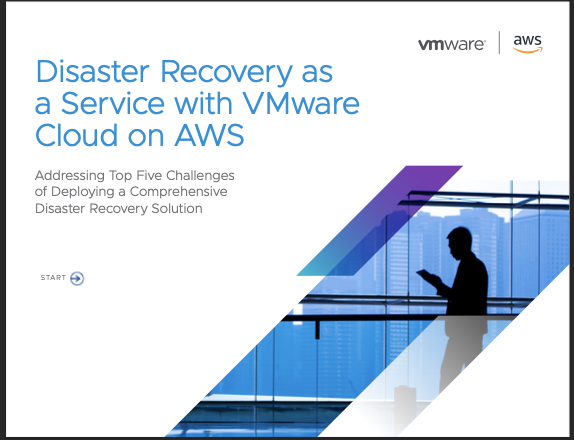Disaster Recovery as a Service with VMware Cloud on AWS – Addressing Top Five Challenges of Deploying a Comprehensive Disaster Recovery Solution

Even a minor outage can put organizations at a competitive disadvantage, especially in today’s markets. In order to succeed, it is important to have a business continuity strategy in place that protects all data and applications from unplanned system failures. As a result, many enterprises are turning to the public cloud for an effective disaster recovery strategy to avoid the expenses of supporting a secondary infrastructure.
If you’re considering simplifying traditional disaster recovery and providing reliable and cost-effective DRaaS for your business, VMware Cloud on AWS can provide infrastructure risk mitigation through a proactive and automated disaster avoidance plan.
Download this eBook to learn more.


